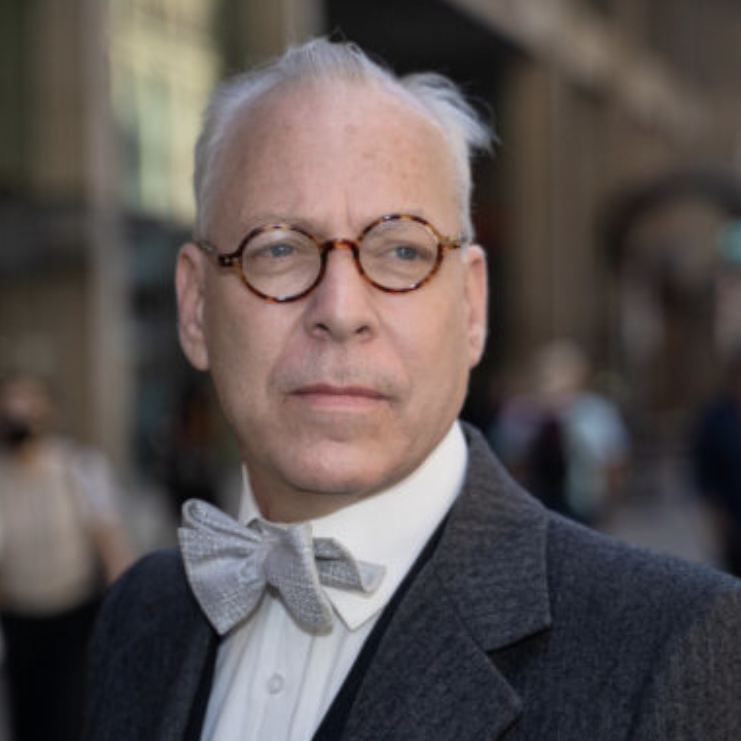Early in the pandemic, I had been furiously writing articles about lockdowns. My phone rang with a call from a man named Dr. Rajeev Venkayya. He is the head of a vaccine company but introduced himself as former head of pandemic policy for the Gates Foundation.
Now I was listening.
I did not know it then, but I’ve since learned from Michael Lewis’s (mostly terrible) book The Premonition that Venkayya was, in fact, the founding father of lockdowns. While working for George W. Bush’s White House in 2005, he headed a bioterrorism study group. From his perch of influence – serving an apocalyptic president — he was the driving force for a dramatic change in U.S. policy during pandemics.
He literally unleashed hell.
That was 15 years ago. At the time, I wrote about the changes I was witnessing, worrying that new White House guidelines (never voted on by Congress) allowed the government to put Americans in quarantine while closing their schools, businesses, and churches shuttered, all in the name of disease containment.
I never believed it would happen in real life; surely there would be public revolt. Little did I know, we were in for a wild ride…
Last year, Venkayya and I had a 30-minute conversation; actually, it was mostly an argument. He was convinced that lockdown was the only way to deal with a virus. I countered that it was wrecking rights, destroying businesses, and disturbing public health. He said it was our only choice because we had to wait for a vaccine. I spoke about natural immunity, which he called immoral. So on it went.
The more interesting question I had at the time was why this certified Big Shot was wasting his time trying to convince a poor scribbler like me. What possible reason could there be?
The answer, I now realized, is that from February to April 2020, I was one of the few people (along with a team of researchers) who openly and aggressively opposed what was happening.
There was a hint of insecurity and even fear in Venkayya’s voice. He saw the awesome thing he had unleashed all over the world and was anxious to tamp down any hint of opposition. He was trying to silence me. He and others were determined to crush all dissent.
Fat chance. His greatest fears have been realized. The movement against what he did is now global, ferocious, and insuppressible. It’s not going away. It is only going to grow, despite his best efforts.
This is how it has been for the better part of the last 21 months, with social media and YouTube deleting videos that dissent from lockdowns. It’s been censorship from the beginning. Now we see what happens: the lockdowns have birthed a new movement plus a new way of communicating plus new platforms that are threatening monopoly control the world over. Not only that: political and economic upheaval seem inevitable.
For all the problems with Lewis’s book, and there are plenty, he gets this whole backstory right. Bush came to his bioterrorism people and demanded some huge plan to deal with some imagined calamity. When Bush saw the conventional plan — make a threat assessment, distribute therapeutics, work toward a vaccine — he was furious.
“This is bulls**t,” the president yelled.
“We need a whole-of-society plan. What are you going to do about foreign borders? And travel? And commerce?”
Hey, if the president wants a plan, he’ll get a plan.
“We want to use all instruments of national power to confront this threat,” Venkayya reports having told colleagues.
“We were going to invent pandemic planning.”
This was October 2005, the birth of the lockdown idea.
Dr. Venkayya began to fish around for people who could come up with the domestic equivalent of Operation Desert Storm to deal with a new virus. He found no serious epidemiologists to help. They were too smart to buy into it. He eventually bumped into the real lockdown innovator working at Sandia National Laboratories in New Mexico.
His name was Robert Glass, a computer scientist with no medical training, much less knowledge, about viruses. Glass, in turn, was inspired by a science fair project that his 14-year-old daughter was working on.
She theorized (like the cooties game from grade school) that if school kids could space themselves out more or even not be at school at all, they would stop making each other sick. Glass ran with the idea and banged out a model of disease control based on stay-at-home orders, travel restrictions, business closures, and forced human separation.
Crazy right? No one in public health agreed with him but like any classic crank, this convinced Glass even more.
I asked myself, “Why didn’t these epidemiologists figure it out?” They didn’t figure it out because they didn’t have tools that were focused on the problem. They had tools to understand the movement of infectious diseases without the purpose of trying to stop them.
Genius, right? Glass imagined himself to be smarter than 100 years of experience in public health. One guy with a fancy computer would solve everything! Well, he managed to convince some people, including another person hanging around the White House named Carter Mecher, who became Glass’s apostle.
Please consider the following quotation from Dr. Mecher in Lewis’s book: “If you got everyone and locked each of them in their own room and didn’t let them talk to anyone, you would not have any disease.”
At last, an intellectual has a plan to abolish disease — and human life as we know it too! As preposterous and terrifying as this is — a whole society not only in jail but solitary confinement — it sums up the whole of Mecher’s view of disease. It’s also completely wrong.
Pathogens are part of our world; they are not generated by human contact. We pass them onto each other as the price for civilization, but we also evolved immune systems to deal with them. That’s 9th-grade biology, but Mecher didn’t have a clue.
Jump forward to March 12, 2020. Who exercised the major influence over the decision to close schools, even though it was known at that time that SARS-CoV-2 posed almost no risk to people under the age of 20? There was even evidence that they did not spread COVID-19 to adults in any serious way.
Didn’t matter. Mecher’s models — developed with Glass and others — kept spitting out a conclusion that shutting down schools would drop virus transmission by 80%. I’ve read his memos from this period — some of them still not public — and what you observe is not science but ideological fanaticism in play.
Based on the timestamp and length of the emails, Mecher was clearly not sleeping much. Essentially he was Lenin on the eve of the Bolshevik Revolution. How did he get his way?
There were three key elements: public fear, media and expert acquiescence, and the baked-in reality that school closures had been part of “pandemic planning” for the better part of 15 years. The lockdowners, over the course of 15 years, had worn out the opposition. Lavish funding, attrition of wisdom within public health, and ideological fanaticism prevailed.
Figuring out how our expectations for normal life were so violently foiled, how our happy lives were brutally crushed, will consume serious intellectuals for many years. But at least we now have a first draft of history.
As with almost every revolution in history, a small minority of crazy people with a cause prevailed over the humane rationality of multitudes. When people catch on, the fires of vengeance will burn very hot.
The task now is to rebuild a civilized life that is no longer so fragile as to allow insane people to lay waste to all that humanity has worked so hard to build.
Join the conversation:


Published under a Creative Commons Attribution 4.0 International License
For reprints, please set the canonical link back to the original Brownstone Institute Article and Author.









